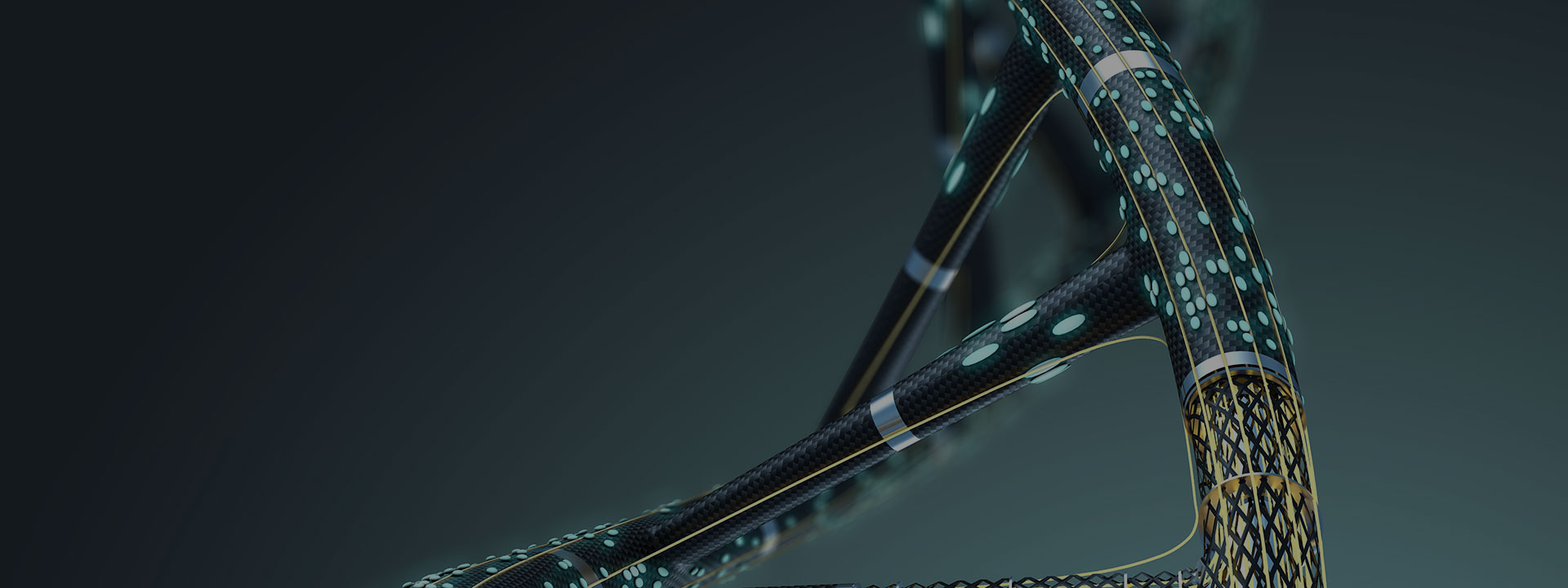



| Source | Format |
|---|---|
| Published articles | Guo Y, Tang CY, Man XF, Tang HN, Tang J, Wang F, et al. Insulin receptor substrate-1 time-dependently regulates bone formation by controlling collagen 1a2 expression via miR-342. FASEB J. 2016; 30(12):4214-26. Wolfson B, Zhang Y, Gernapudi R, Duru N, Yao Y, Lo PK, et al. A high-fat diet promotes mammary gland myofibroblast differentiation through microRNA 140 downregulation. Mol Cell Biol. 2017; 37(4):pii:e00461-16. Doi: 10.1128/MCB.00461-16. Note: A DOI number for the full-text article is acceptable as an alternative to or in addition to traditional volume and page numbers. |
| Accepted, unpublished articles | Same as published articles, but substitute “In press” for page numbers or DOI. |
| Web sites or online articles | Children’s food environment state indicator report, 2011. Available from: https://www.cdc.gov/obesity/downloads/ChildrensFoodEnvironment.pdf |
| Books | Bilezikian JP, Raisz LG, Martin TJ. Principles of Bone Biology. 3rd ed. Cambridge, MA. Academic Press. 2008. |
| Book chapters | Alansari S, Teixeira CC, Sangsuwon C, Alikhani M. Introduction to micro-osteoperforations. In: Alikhani M, editor. Clinical guide to accelerated orthodontics: with a focus on micro-osteoperforations. Cham, Switzerland, Springer; pp. 33-42. 2017. |
| Deposited articles (preprints, e-prints, BioRxiv or arXiv) | Armstrong E. An optimization method for estimating functional connectivity and electrophysiology within a biological neuronal network. Available from: arXiv:1711.03834. Cited Nov 17 2017. |
| Published media (print or online newspapers and magazine articles) | Gussone F. America’s obesity epidemic reaches record high, new report says. NBC News. Oct 13 2017. Available from: https://www.nbcnews.com/health/health-news/america-s-obesity-epidemic-reaches-record-high-new-report-says-n810231. Cited Nov 17 2017. |
| New media (blogs, web sites, or other written works) | Kane C. New threats of Zika infection and complications with pregnancy. In. Foundation for Biomedical Research Blog. May 31 2017. Available from: https://fbresearch.org/new-threats-zika-infection-complications-pregnancy/ |
| Masters' theses or doctoral dissertations | Wallis AM. TRAF3 as a regulator of T lymphocyte activation. PhD Thesis, University of Iowa 2017. Available from: https://ir.uiowa.edu/cgi/viewcontent.cgi?article=7351&context=etd |
| Databases and repositories (Figshare, BioRxiv, arXiv) | Freyria FS, Cordero JM, Caram JR, Doria S, Dodin A, Chen Y, et al. Near-infrared quantum dot emission enhanced by stabilized self-assembled J-aggregate antennas. Nov 17 2017. Database: figshare [Internet]. Available from: https://figshare.com/articles/Near-Infrared_Quantum_Dot_Emission_Enhanced_by_Stabilized_Self-Assembled_J_Aggregate_Antennas/5612752 |
| Multimedia (videos, movies, or TV shows) | Davis G. The truth about protein & what to do about it. Proteinaholic. Plant based diet. Video. Inspire Nation. Feb 18 2017. Available from: https://www.youtube.com/watch?v=izALZTv7GMA |